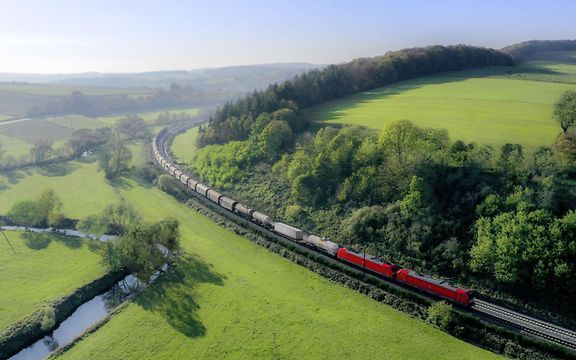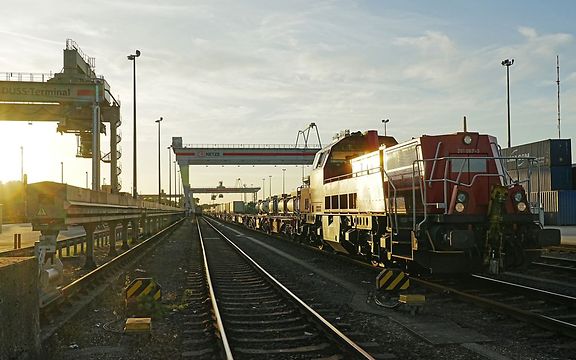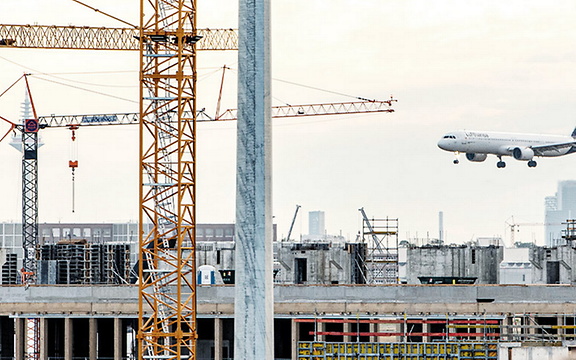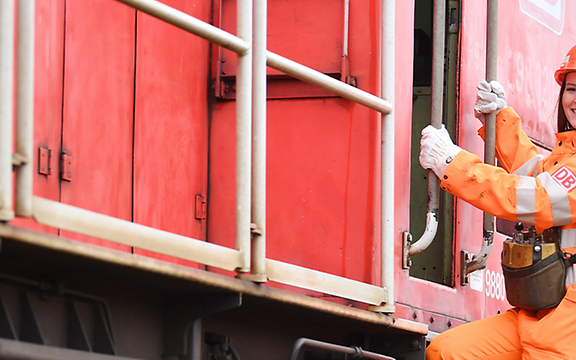DB Cargo talks to DVZ editor Heinrich Klotz
Heinrich Klotz has been writing about combined rail and road transport since 1989.
How important is combined transport (CT) to manufacturing companies?That really depends on where the company is located. If a company sends or receives a lot of freight through Switzerland, for instance, CT is absolutely essential for their business, because 7 out of every 10 tonnes of freight are transported by rail there. However, in other countries, manufacturers are only too willing to switch to road haulage to save a few euros. Even so, CT is critically important for all manufacturing companies from a strategic perspective. Companies which are integrating combined transport into their logistics processes today will already have a greener footprint, which consumers will increasingly demand for their products going forward. At the same time, those companies will have secured the rail transport capacity they need before others have the chance to do so.

Heinrich Klotz has worked for Deutsche Verkehrs-Zeitung (DVZ) magazine since 1988. Copyright: DB Cargo
What role does combined transport play in the ongoing process of modernising rail freight transport?It's impossible to overstate CT's importance. Combined transport is often a good alternative to single wagonload transport, which can be unprofitable. CT is the right tool to grow revenue in rail freight transport despite the freight structure effect – the current tendency for bulk cargo carriage to decline and the number of part loads to increase. Combined transport also integrates rail freight transport into complex supply chains that require DB to prove its logistics prowess. All this makes combined transport the segment to secure the future of rail freight transport.
In your opinion, what is needed to make combined transport the obvious choice over road haulage?Customers will always choose combined transport when its service, price and performance match their needs. Sometimes road haulage comes out on top – in many cases, it has to because combined transport can absorb only a fraction of the volume transported on the roads every day. I'd be satisfied if CT were always considered as a serious option by those making decisions about logistics. To reach that point, however, transport policy needs to create a level playing field so different modes of transport can compete fairly against one another. Unfortunately, this is not always the case right now.







